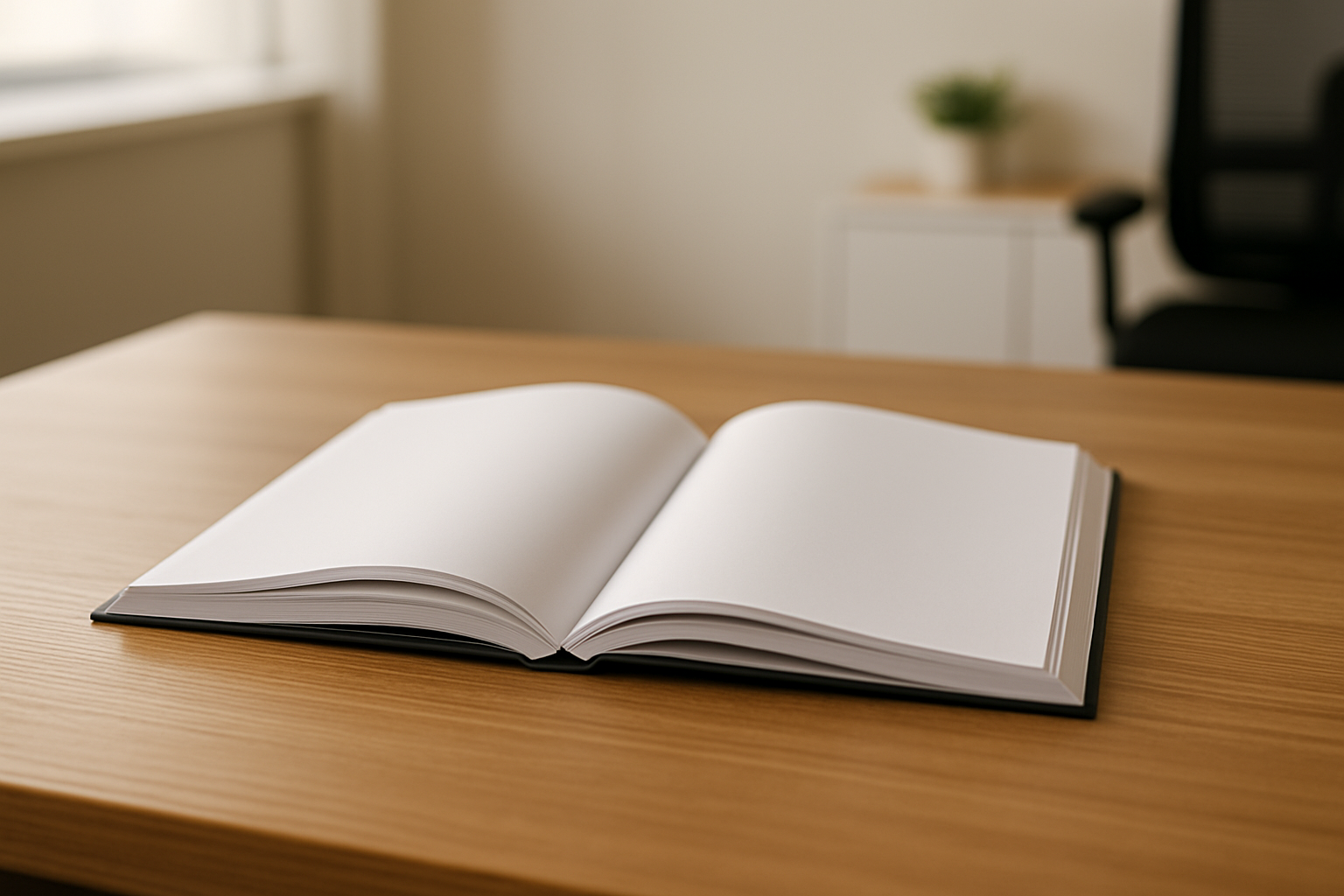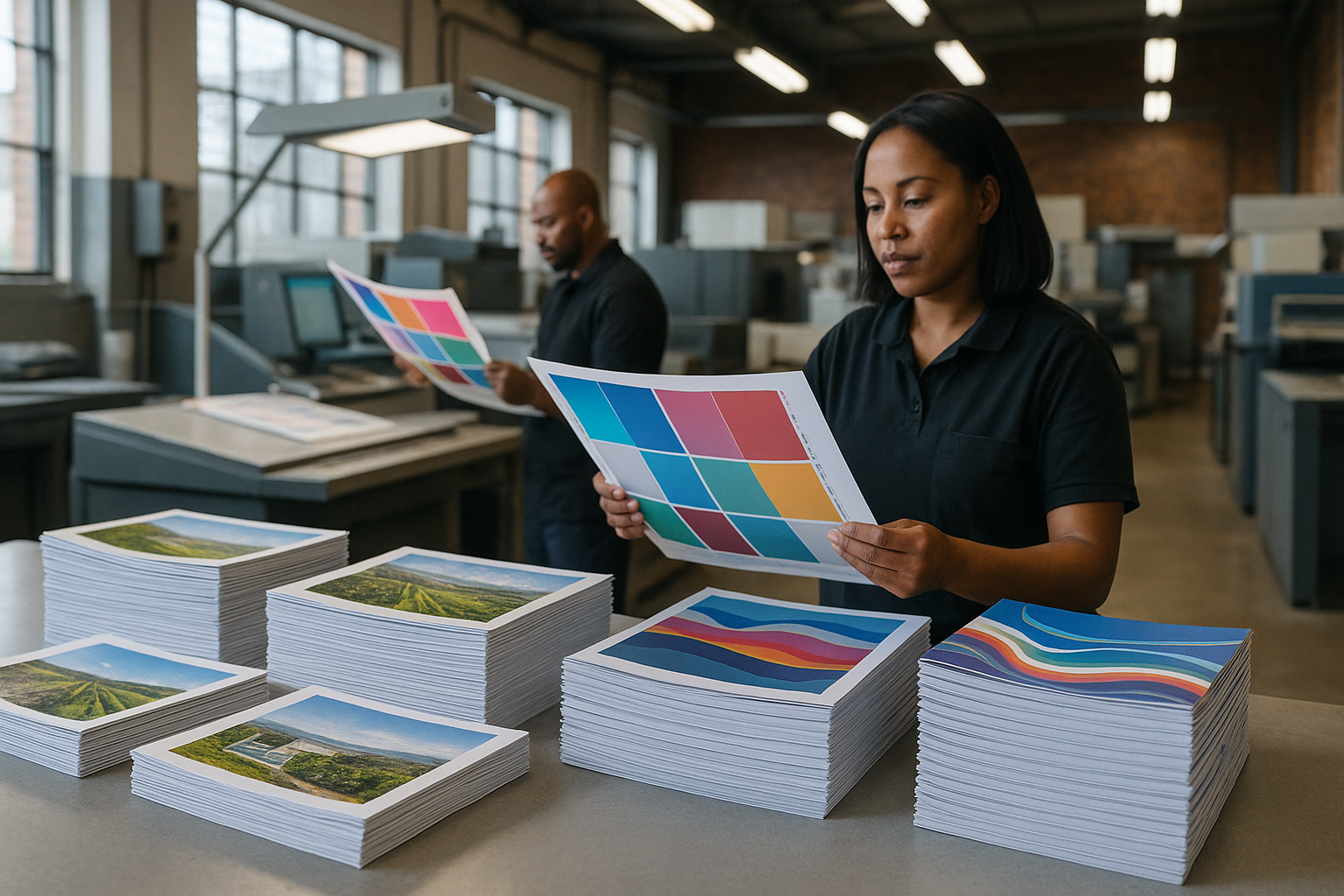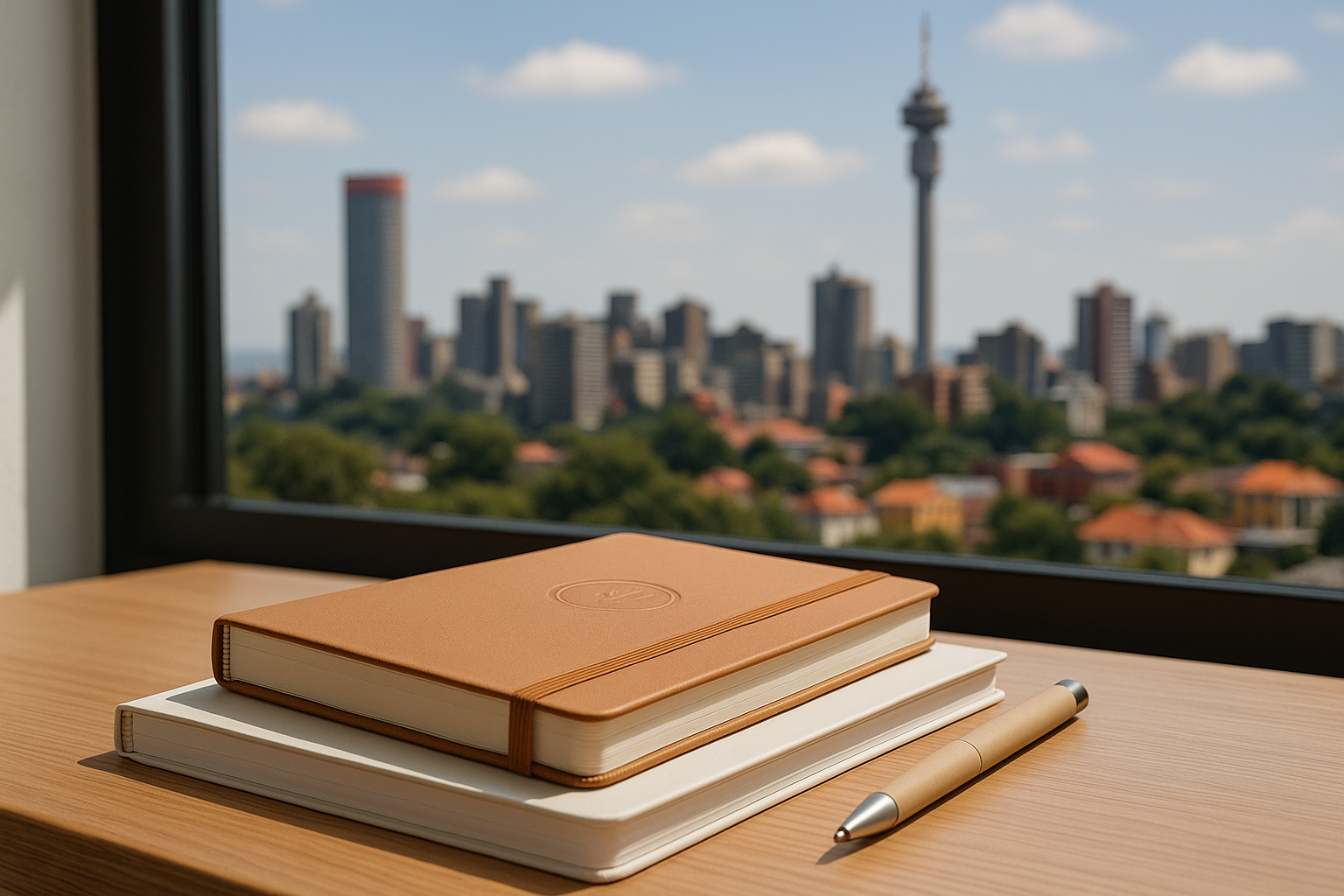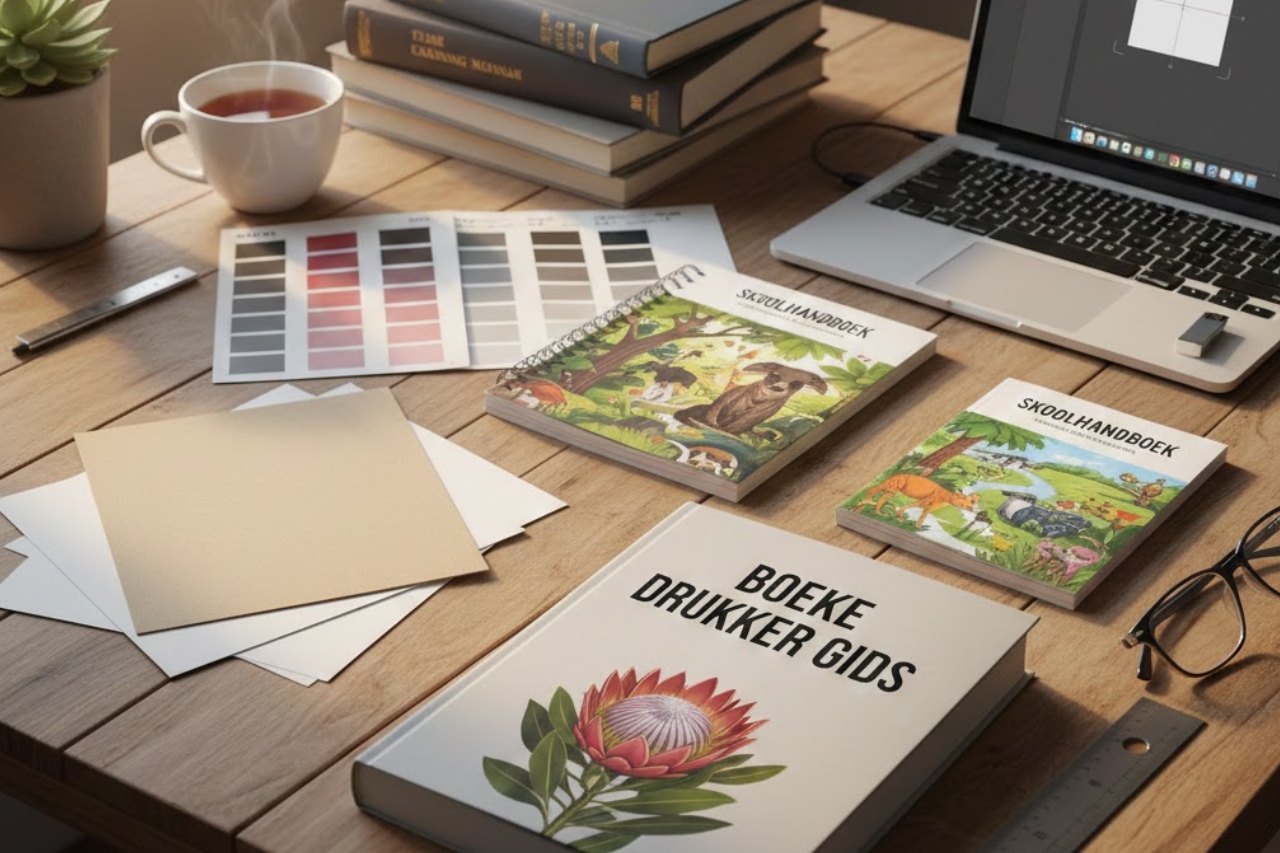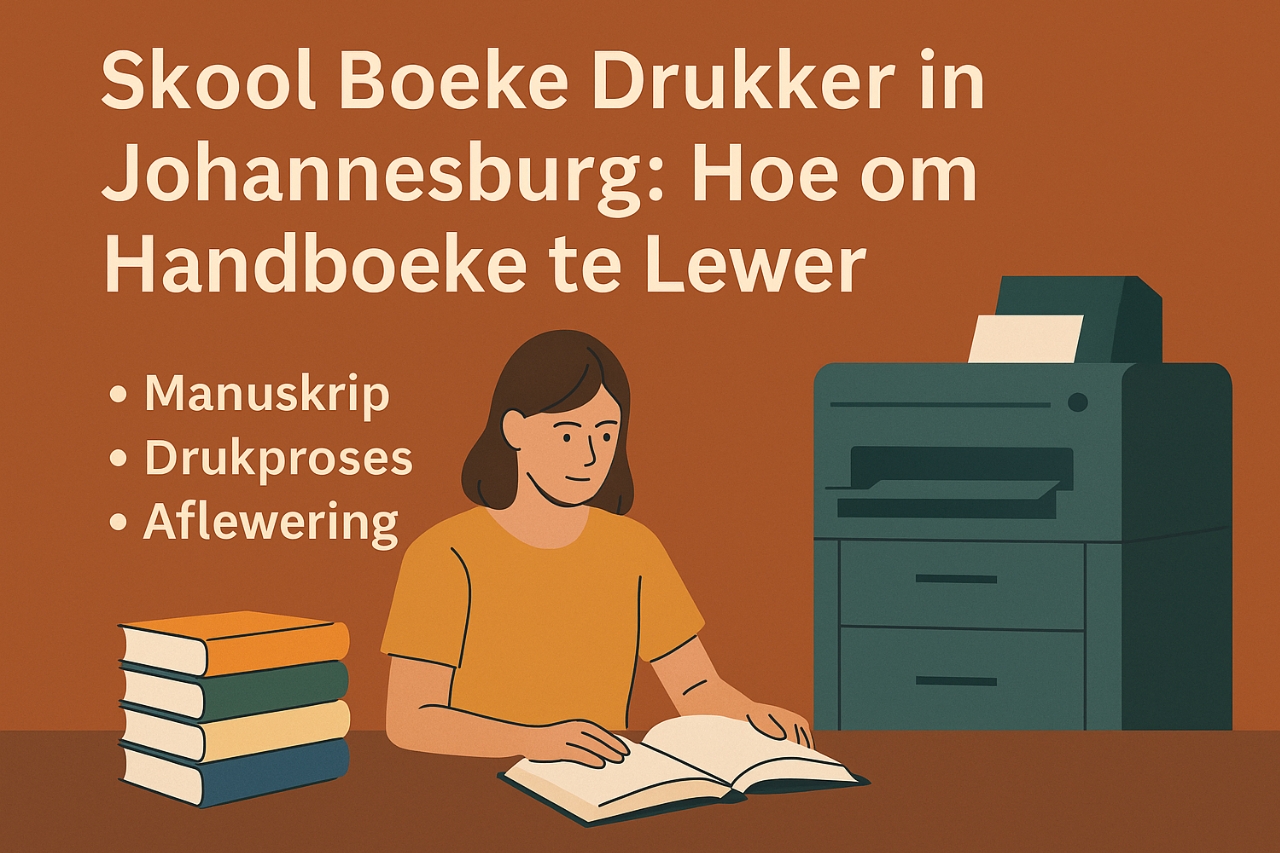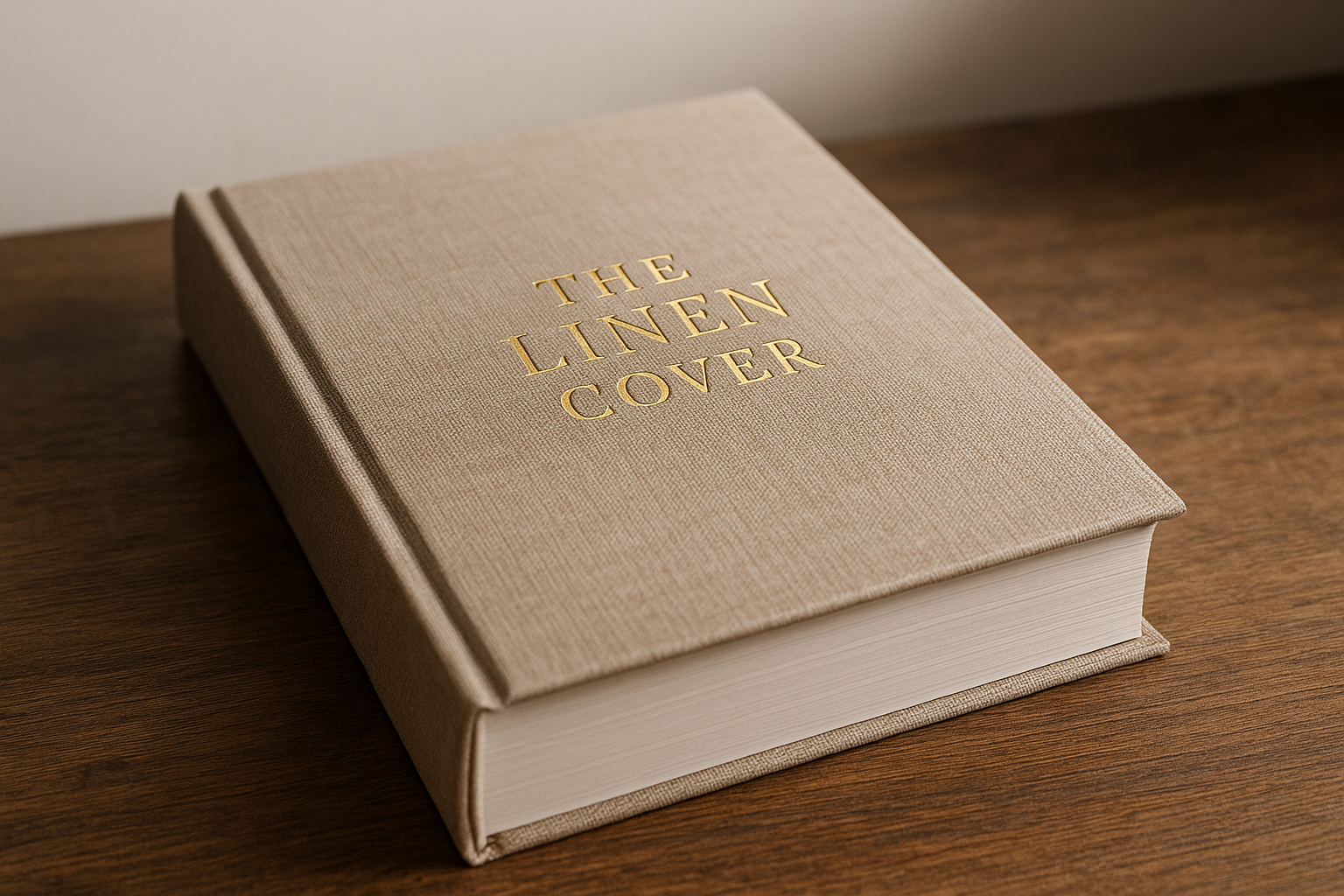Print Authors books and self publish projects are increasingly achievable in South Africa thanks to print‑on‑demand, digital and commercial litho services — this guide walks authors through every stage from manuscript to printed book and delivery.
What does it mean to Print Authors books and self publish?
To “Print Authors books and self publish” means an author (or small press) manages the production, printing and distribution of their own work without necessarily using a traditional publisher. In practical terms in South Africa that covers everything from choosing paper stock and finishes to managing ISBNs, arranging school textbook printing, or offering a catalogue of titles for events and promotions. Self-publishing ranges from short-run brochure printing and booklet printing for local promotions to large bulk educational printing for schools and national distribution.
According to Wikipedia, self-publishing has grown dramatically with print-on-demand and digital distribution, enabling authors to bring titles to market outside the traditional gatekeepers. That growth has been supported by advances in litho and digital printing, and by commercial printers offering custom publishing and print delivery across South Africa.
How do I prepare a manuscript for print in South Africa?
Preparing a manuscript for print is the first technical step toward Print Authors books and self publish success. Start with clean, proofread text in a layout-friendly format (Word, InDesign, or PDF). For textbooks, training manuals and educational printing, adhere to curriculum and accessibility standards. For trade books, focus on clear chapter headings, consistent typography and an embedded fonts workflow.
Key prep steps include:
- Final proofreading and copy‑editing
- Setting trim size and margins suitable for your genre (textbooks often use larger sizes)
- Choosing fonts and ensuring they are embedded in the final PDF
- Supplying images at 300 DPI for print and CMYK colour profiles
If you need hands-on help, many commercial printers that specialise in book printing and training manual printing offer prepress checks and file setup services to make sure your files are print-ready.
Which print formats and finishes should I choose for my book?
Format and finish choices will affect perceived quality, price and suitability. Options include paperback (perfect bound), hardcover (case bound), saddle stitch for booklets, and a range of custom finishes like spot UV, soft-touch lamination or embossing. For newsletters, brochures and catalogues, brochure printing services and catalogue printing frequently use coated stocks for vibrant colour.
Consider these common pairings:
| Product | Typical Finish | Best for |
| Paperback (perfect bound) | Matt or gloss laminate | Novels, non-fiction trade |
| Hardcover | Cloth, jacket with gloss/matt | Premium textbooks, gifts |
| Saddle-stitched booklet | Uncoated or satin | Booklets, program guides, newsletters |
| Brochures/Catalogues | Silk or gloss, folding options | Marketing, product catalogues |
Talk to your printer about litho and digital printing differences: litho is great for large, consistent colour runs, while digital printing speeds up fast turnaround printing and cost‑effective small runs or print‑on‑demand.
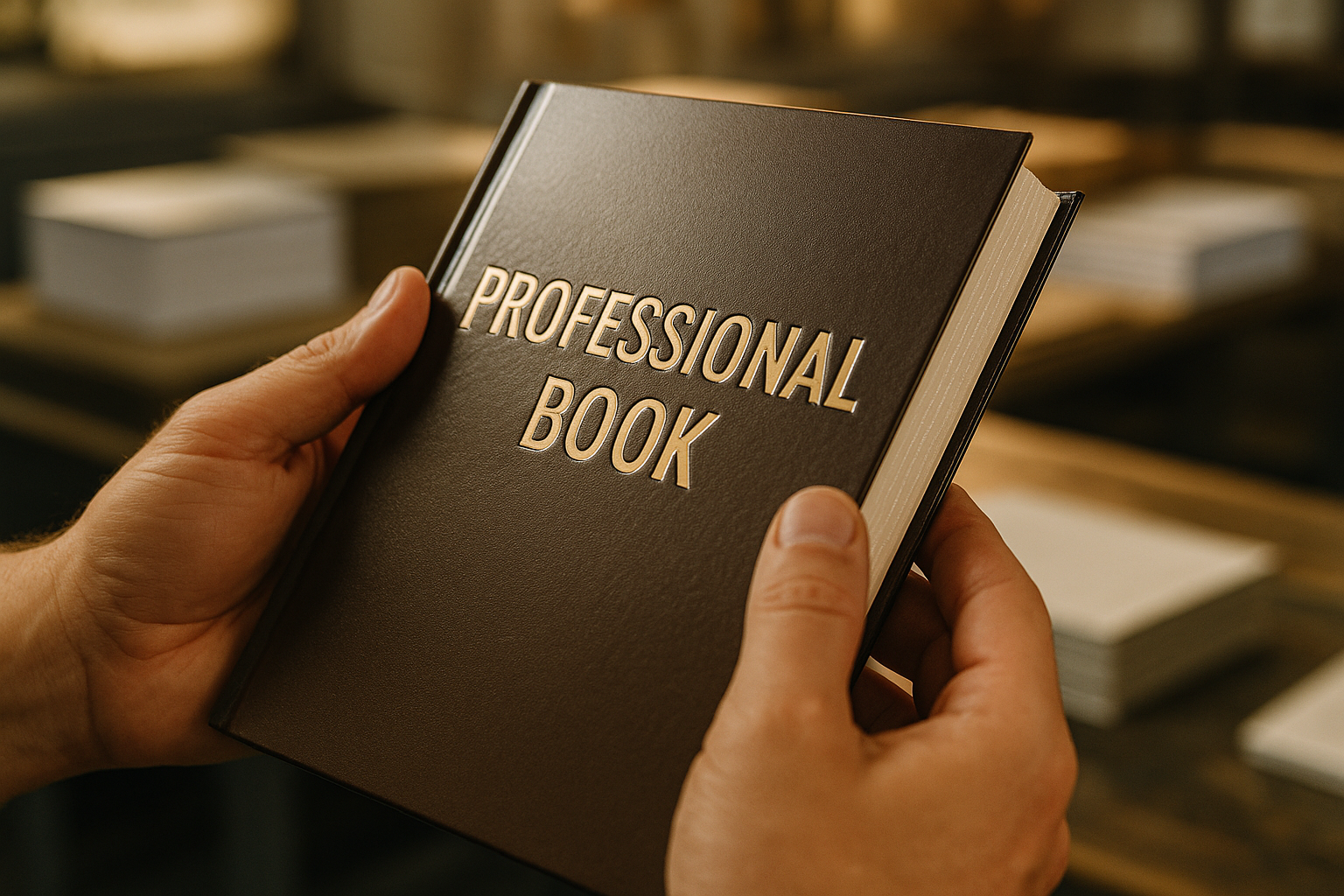
How do I decide between print runs and print-on-demand?
Deciding whether to place a large print run or use print-on-demand is central to how you Print Authors books and self publish. Large litho print runs lower unit cost for bulk educational printing for schools or wide retail distribution, but require storage and larger upfront capital. Print-on-demand (POD) reduces inventory risk, is ideal for continual small sales, and supports rapid reprints for events or seasonal promotions.
Consider these trade-offs:
- Unit cost: Bulk litho runs are cheaper per unit at scale; POD has higher per-unit costs but no inventory.
- Turnaround: POD and digital printing are quicker for small quantities; litho takes longer for plates and setup.
- Flexibility: POD allows version updates (e.g., revised school term manuals) without wasted stock.
For authors selling at events, small business marketing materials or limited-edition runs, POD or short digital runs are often the best route. For textbooks, catalogues and large brochure orders for nationwide distribution, consider bulk litho printing with a reliable print delivery partner.
How should I design covers and interiors for textbooks, catalogues and books?
Design impacts usability and sales. For educational printing and school textbook printing, clarity, legibility and curriculum alignment matter more than flashy design. For fiction and trade non-fiction, covers drive discoverability. Use strong contrast, readable fonts, and ensure spine text is legible at retail widths.
Practical tips:
- Cover: high-resolution imagery (300 DPI), a clear title hierarchy, and a visible author name.
- Interior: consistent paragraph styles, proper hyphenation settings, and clear image captions.
- Proof: always order a printed proof to check colour, margins and binding before full production.
Print houses that offer custom publishing often provide design services for brochures, catalogue printing, booklet printing and books printing to ensure files meet litho or digital press requirements.
Do I need an ISBN and legal deposit to sell in South Africa?
Yes — if you plan to distribute through bookstores, libraries or formal education channels, obtaining an ISBN and complying with legal deposit is important. ISBNs uniquely identify your title and editions. In South Africa the National Library requires copies for legal deposit of published materials.
Distribution partners and retailers often require an ISBN to list a title. If you are printing textbooks or training manuals for schools, include the ISBN and edition details in the front matter, and plan for the administrative time to register and deposit copies with relevant bodies.
How long does printing and delivery across South Africa typically take?
Turnaround varies by print method and run size. Digital print runs and POD can be completed in days for small quantities, making them ideal for fast turnaround printing and event timelines. Large litho runs require longer lead times (often 5 to 7 working days ) because of plate making, binding, finishing and drying times.
Delivery across South Africa depends on courier networks and the destination. Urban centres often see next‑day or 48‑hour delivery, while remote deliveries can take longer. Choosing a printer with nationwide logistics experience ensures better timing for school term preparation and bulk educational printing schedules.
According to Statistics South Africa, educational cycles and school terms create predictable spikes in demand for textbooks and manuals around the start of each term, so plan production timelines well in advance.
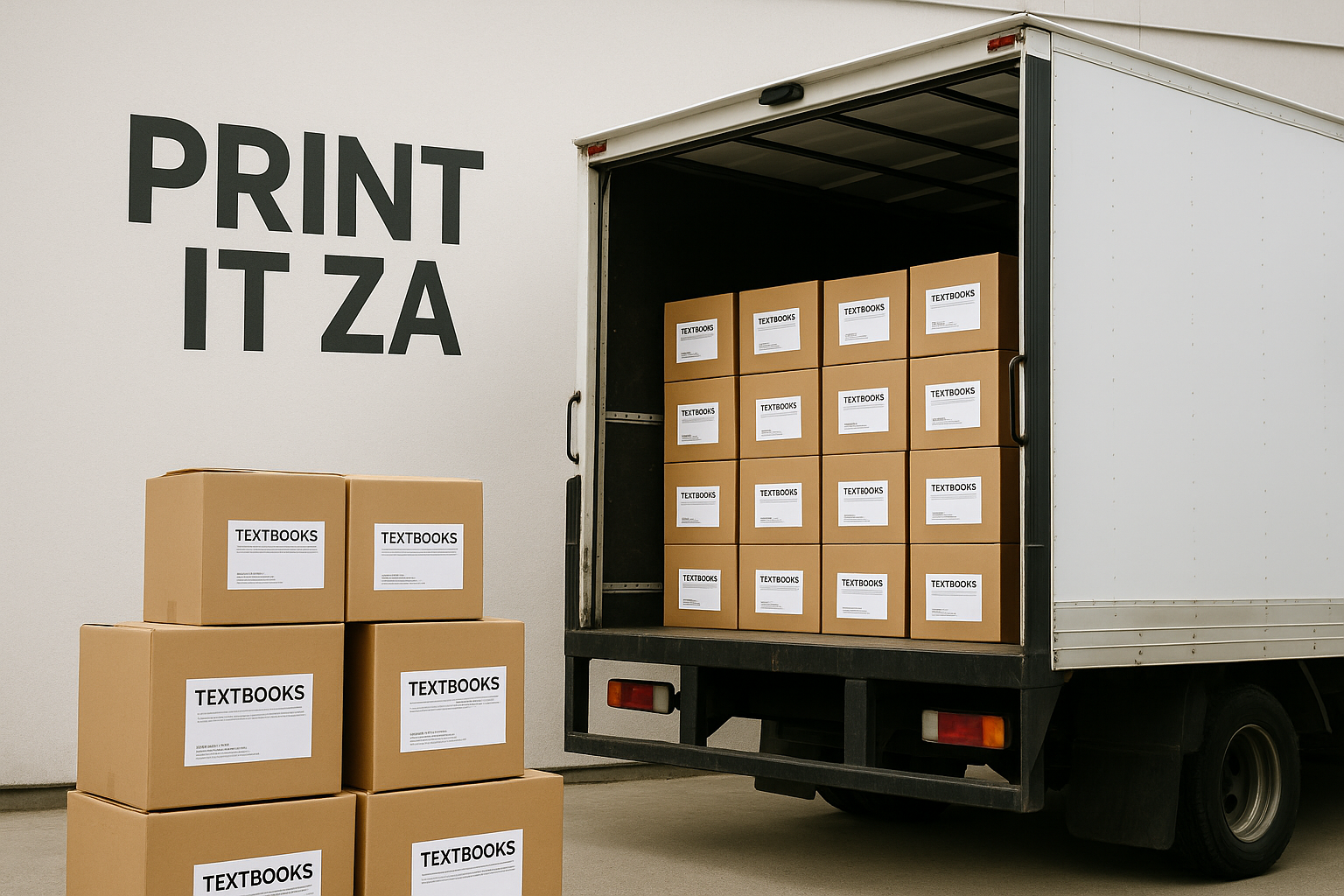
How should I market and distribute my self-published printed books?
Marketing and distribution are where many projects succeed or fail. To Print Authors books and self publish successfully, combine online channels, local retail, events and institutional sales. For school or training audiences target schools, educators and institutions directly and consider catalogue printing and brochure printing for course prospectuses.
Effective tactics:
- Sell direct via your website and use POD for fulfilment to reduce logistics.
- List in local and online retailers — ISBNs and professional catalogues help.
- Attend book fairs, school events and local markets with printed samples and booklets.
- Use newsletters, social media, and printed brochures for targeted outreach.
For organizations producing multiple titles, custom publishing and bulk catalogue printing create professional sales tools for exhibitions and institutional buyers.
What eco-friendly printing options are available in South Africa?
Sustainable printing helps reduce environmental impact and can be a selling point. Many printers offer eco-friendly options such as recycled paper stocks, eco inks, FSC-certified paper, and energy-efficient digital presses. Choosing lighter paper for interior pages and using local print production reduces transport carbon footprint from print delivery across South Africa.
According to the International Publishers Association, the industry is increasingly adopting greener practices to meet institutional procurement policies and customer expectations. When Print Authors books and self publish, ask your supplier for environmental certifications and a breakdown of recyclable or recyclable packaging options.
How do I choose a commercial printer or partner for custom publishing and print-on-demand?
Selecting the right printing partner matters. Look for a printer experienced in the industry niches you need — educational printing, school textbook printing, brochure printing services, booklet printing, catalogue printing or books printing. Evaluate their portfolio, ask for references, and review proof samples and turnaround reliability.
Questions to ask potential printers:
- Do you offer both litho and digital printing, and when do you recommend each?
- Can you handle ISBN labelling, barcodes, and legal deposit copies?
- What are your delivery capabilities across South Africa?
- Do you provide mock-ups and printed proofs?
Many South African printers also offer value-added services like packaging printing, business card printing for author promotion, and training-manual printing for corporate clients. If you need turnkey solutions, consider partners that can handle design, printing, finishing and logistics to simplify self-publishing.
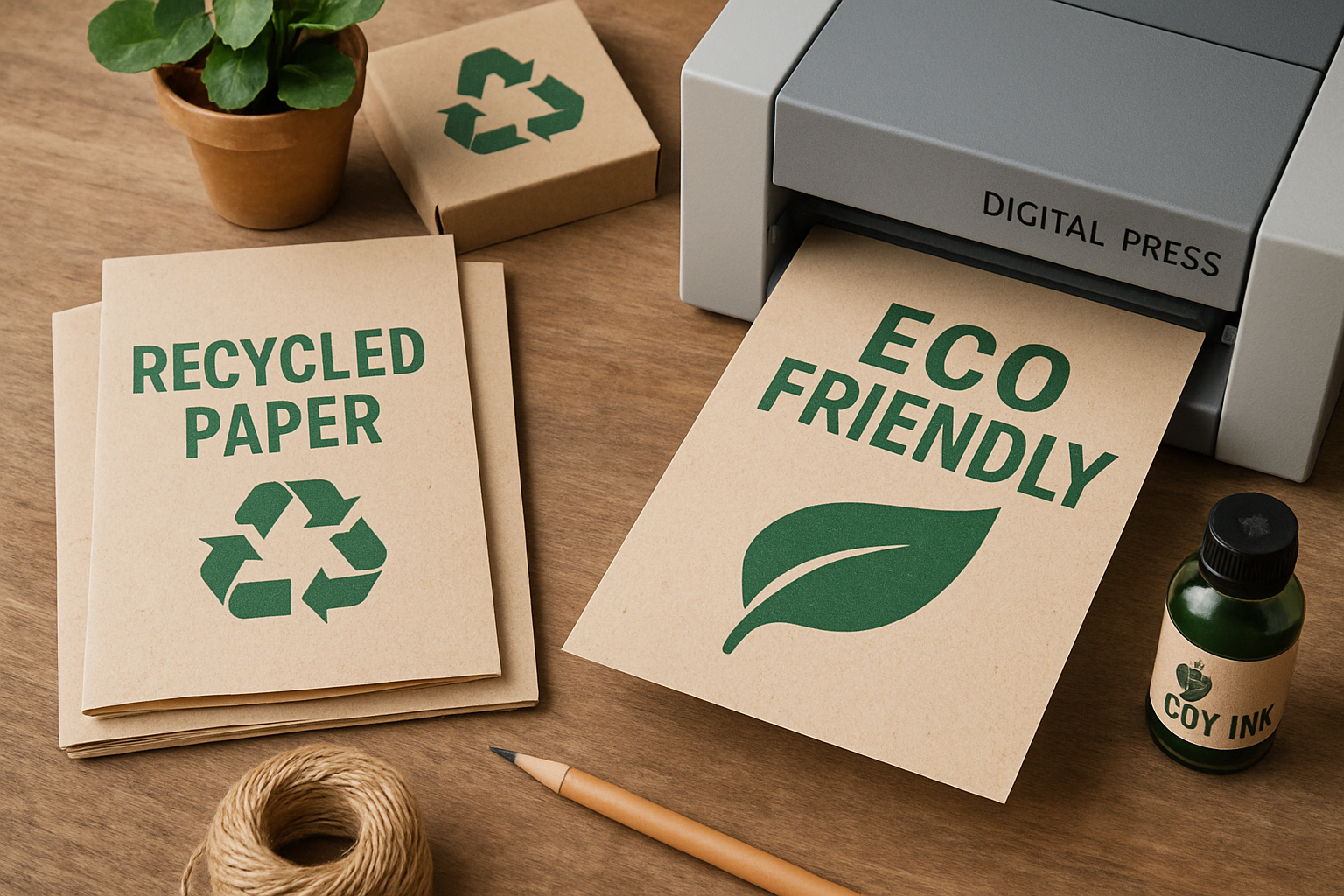
What final checks should I do before I print?
Before committing to a run, perform a final checklist to avoid costly mistakes. Verify embedded fonts, image resolution, page order, trim and bleed settings, cover spine width, barcode placement, and proofread once more. Order a printed proof and, if possible, a bound mock-up to test binding strength and page flow.
It’s also wise to confirm post-print services: warehousing, pick-and-pack for orders, and returns handling. These logistics matter if you plan to supply schools, events or retail outlets across South Africa.
In summary, Print Authors books and self publish with confidence by preparing print-ready files, choosing the right format and print method, budgeting realistically, and partnering with experienced commercial printers who understand educational printing, booklet and catalogue requirements, fast turnaround printing, and nationwide delivery.
Contact Print It ZA today, for all your Authors Book Printing and Binding in South Africa.
For all Self Publishers and Authors Book Printing, contact us now.


